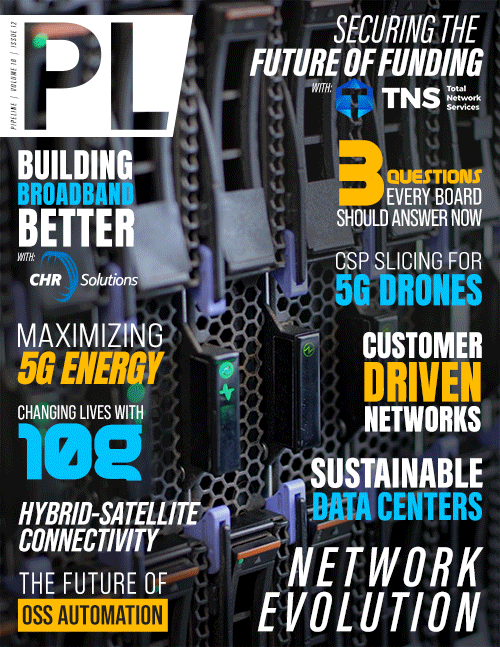Maximizing Energy Performance
in Your 5G Network
deactivate unnecessary equipment during low-traffic periods is essential. Such features can reduce radio equipment energy consumption by up to 15 percent without affecting the user experience, making them key components to a more sustainable operation.
Measuring energy consumption to see how it relates to other aspects of network performance is crucial for proactive decision-making. It helps to have a bird’s-eye view of energy use so it’s easier to assess possible energy savings across the network. Network management platform solutions can offer insights to help service providers understand, diagnose, and identify opportunities to improve network energy performance.
Build 5G with precision
Having the right equipment in the right place is key to deploying a new standard. Building with precision means creating a network with the optimal radio solution for every site type. When introducing 5G, it is crucial to decide what, where and when to deploy new equipment on 5G frequency bands. This way, service providers can see network-wide power savings and reduce the total cost of ownership (TCO).
A swift rollout of 5G without dramatically increasing power consumption is entirely possible. Ultimately, using the right equipment in the right place is crucial for efficiently introducing 5G while still meeting customer data speed and coverage expectations—and with the right equipment, service providers can see massive energy savings.
Operate site infrastructure intelligently
By using AI, service providers can operate site infrastructure more proactively. Tools that help control passive equipment and enable predictive maintenance and no-touch problem-solving to reduce costs, site energy usage and site visits make all the difference. In fact, Ericsson customer cases show that service providers have reduced site energy consumption by up to 15 percent through intelligent site control solutions.
Site traffic capacity growth demands more equipment to be hosted and integrated. Available site power budget and space are often limited and require solutions to be both compact and energy efficient. With increasing onsite demand and complexity, service providers face substantial challenges, including decreasing operational efficiencies, fragmented data from “passive” site systems, and a lack of a holistic view of all sites.
AI technologies that enable smart site energy management through accessibility from either the Network Operations Center (NOC) or on a tablet, smartphone, or laptop in the field can make a huge difference to a provider’s overall energy use. Using 24/7 data points, service providers can benefit from predictive maintenance and lower operations and maintenance (O&M) costs, carbon emissions, and site power consumption.
Integrating site elements with digital tools can help service providers monitor site equipment, enable remote control, and fully digitalize their sites. By combining various measurements and alarms from passive infrastructure and the active data into one O&M tool, service providers can more efficiently manage the network through real-time insights and control. The result is a drastic reduction in lifecycle costs, site visits and energy consumption, along with improved network quality.
A holistic approach to energy consumption will pay dividends
As the industry focuses on rolling out 5G, it is critical to navigate the shift differently this time around. The solution lies in taking a holistic approach to create a comprehensive plan to reduce energy use. By modernizing the network with the latest technology, activating energy-saving software, building 5G with precision and using AI to operate site infrastructure, service providers can deploy 5G seamlessly—without the energy spikes seen in the past. Together, these four elements can allow service providers to reduce costs, manage traffic growth, reduce their environmental footprints, act as leaders in the space, and, above all, break the energy curve.



















